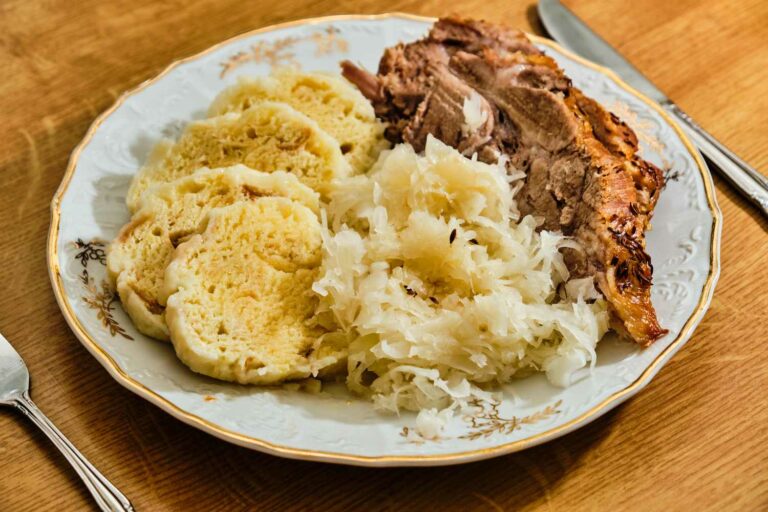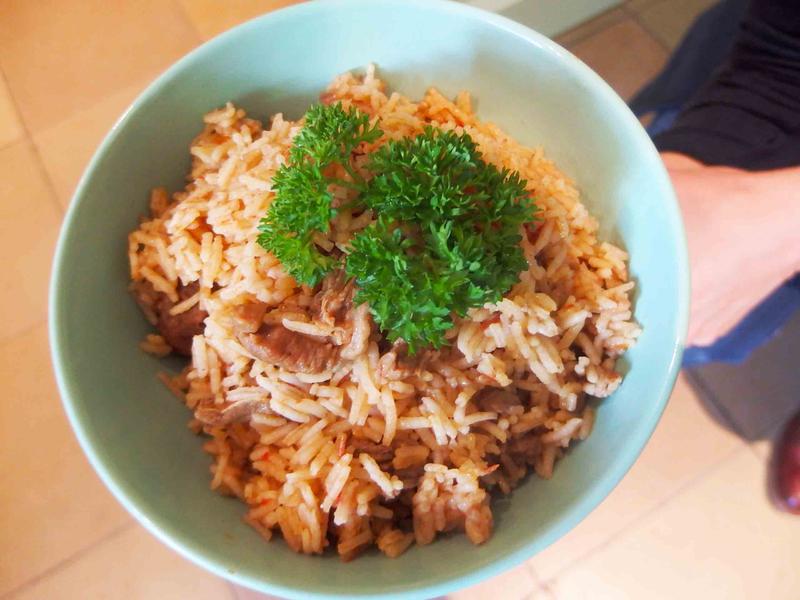Introduction: Croatian cuisine and olive oil
Croatian cuisine is known for its fresh ingredients, Mediterranean influence, and rich flavor. Olive oil is a staple ingredient in many Croatian dishes, providing a healthy and flavorful base. Olive oil is used in a variety of ways in Croatian cuisine, from cooking to drizzling over finished dishes. In this article, we will explore the history of olive oil in Croatian cuisine, its production, types used, health benefits, and traditional and modern dishes that feature this versatile ingredient.
History of olive oil in Croatian cuisine
Olive oil has been used in Croatian cuisine for centuries. The ancient Greeks and Romans introduced olive trees to Croatia, and olive oil quickly became an important ingredient in local dishes. Olive oil was used in cooking, as a dressing for salads and vegetables, and as a dip for bread. In coastal regions, olive oil was also used for preserving fish and other seafood.
Production of olive oil in Croatia
Croatia is a small but significant producer of olive oil, with over 4 million olive trees and over 60 olive varieties. Olive groves are mainly found in the coastal regions of Istria, Dalmatia, and the island of Brač. The olive harvest usually takes place in late autumn, and the olives are crushed and pressed to extract the oil. Croatian olive oil is known for its high quality and fruity flavor, and it is often sold in small batches by local producers.
Types of olive oil used in Croatian dishes
Croatian cuisine uses different types of olive oil depending on the dish. Extra virgin olive oil, made from the first pressing of the olives, is the highest quality and is often used for drizzling over cooked dishes or for making dressings. Virgin olive oil, made from the second pressing, is slightly lower in quality but still has a good flavor. It is often used for cooking or for making marinades. Light olive oil, made from a blend of cold-pressed and processed oils, is a milder oil that is sometimes used for frying.
Health benefits of olive oil in Croatian cuisine
Olive oil has many health benefits, and it is a key ingredient in the Mediterranean diet, which has been shown to have numerous health benefits. Olive oil is high in monounsaturated fatty acids, which can help lower cholesterol levels and reduce the risk of heart disease. It is also high in antioxidants, which can help protect against cancer and other diseases.
Traditional Croatian dishes made with olive oil
Olive oil is used in many traditional Croatian dishes. One popular dish is crni rižot, a black risotto made with squid ink, rice, and olive oil. Olive oil is also used in brodet, a fish stew that is a specialty of Dalmatia. In Istria, olive oil is used to make maneštra, a vegetable soup that is cooked with potatoes, beans, and other vegetables.
Modern twists on Croatian cuisine using olive oil
Chefs in Croatia are experimenting with new ways to use olive oil in their dishes. Some are using olive oil to create modern versions of traditional dishes, while others are using it in new and unexpected ways. For example, some chefs are drizzling olive oil over ice cream or using it to make salad dressings with unusual flavor combinations.
Conclusion: Olive oil in Croatian cuisine – a staple ingredient
Olive oil is a key ingredient in Croatian cuisine, and it has been used in local dishes for centuries. The high quality and fruity flavor of Croatian olive oil makes it a popular ingredient in many traditional and modern dishes. Whether used for cooking, dressing, or dipping, olive oil is an essential part of the rich and flavorful cuisine of Croatia.










